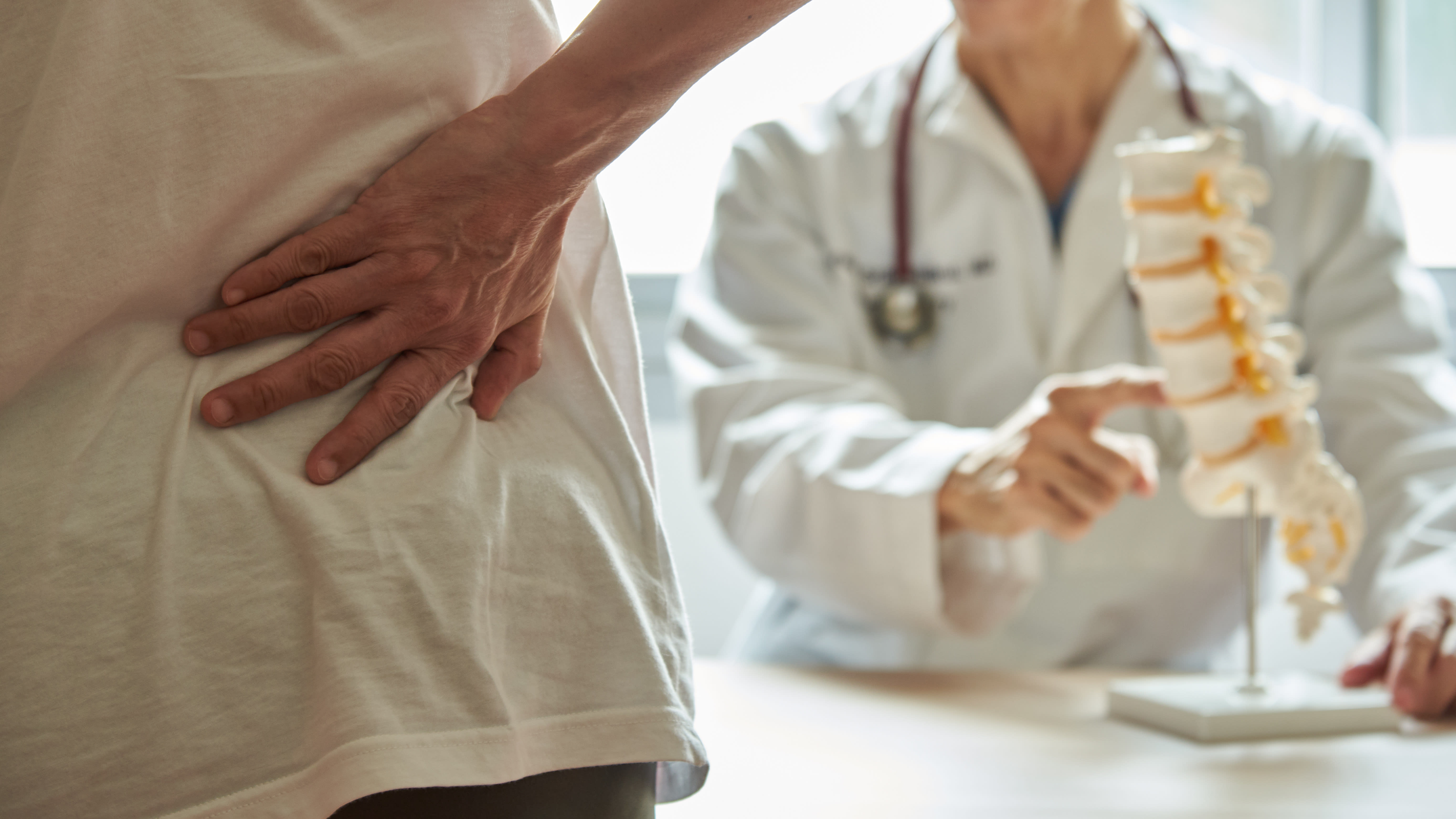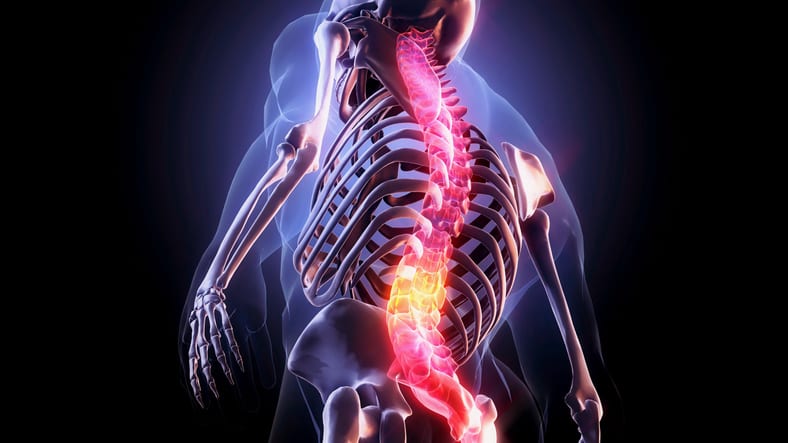5 Key Takeaways
-
1
Home-based biomechanical intervention (HBBI) showed superior pain reduction and functional improvement for chronic low back pain patients.
-
2
HBBI led to significantly higher patient compliance compared to traditional physical therapy (TPT).
-
3
The AposHealth device, used in HBBI, aims to off-load and destabilize the joint through neuromuscular training.
-
4
Compliance with the HBBI program was due to personalized treatment and follow-up support strategies.
-
5
CLBP affects approximately 15% of adults worldwide and may benefit from noninvasive treatments like HBBI.
A randomized clinical trial compared home-based biomechanical intervention (HBBI) with traditional physical therapy (TPT) for chronic low back pain (CLBP) patients. HBBI showed superior pain reduction and functional improvement at 12 and 52 weeks. It led to significant patient compliance and long-term benefits, offering a valuable noninvasive treatment alternative for CLBP.
Listen Tab content



